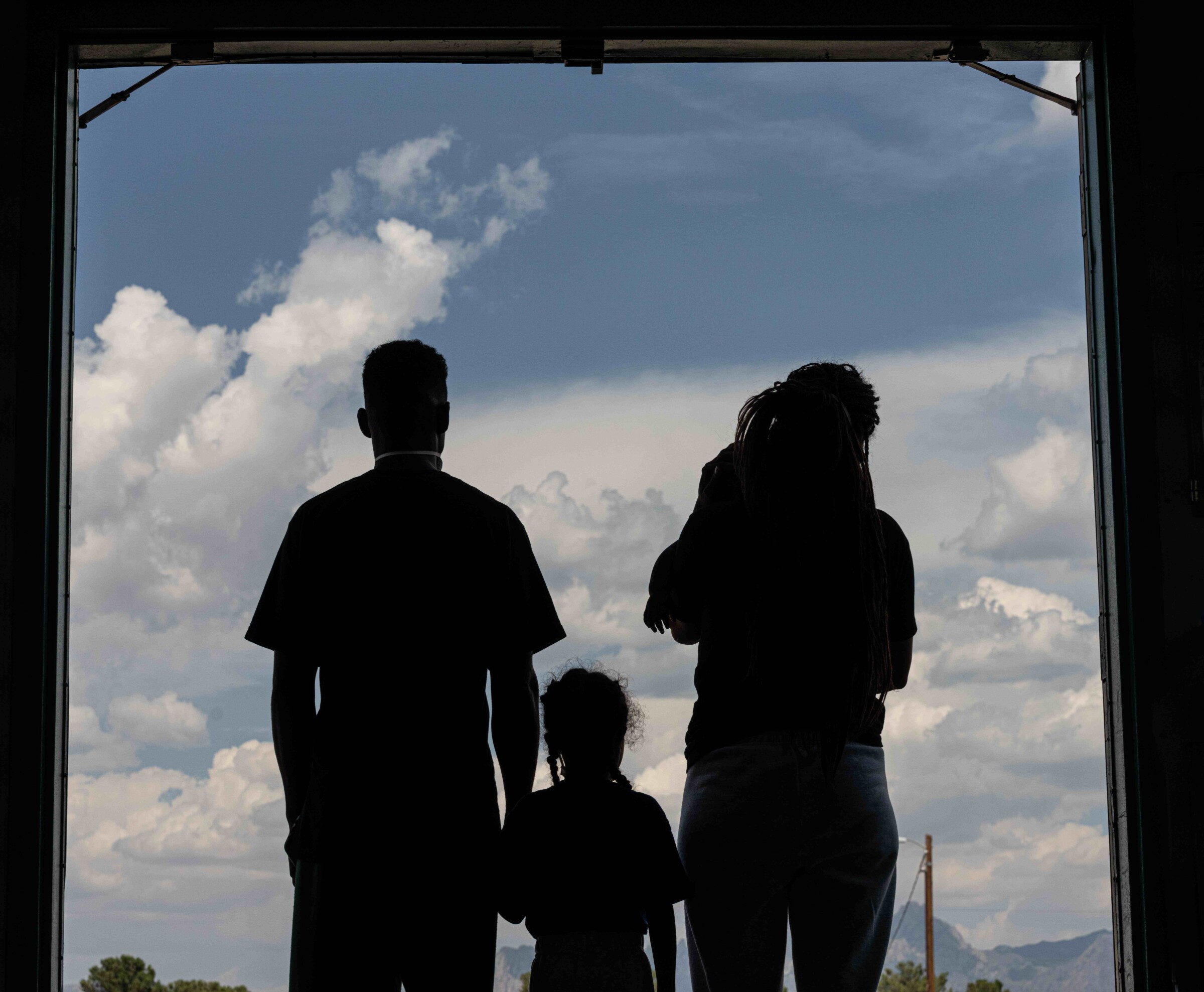The Latest
-
5 Tips for Having Difficult Conversations about Immigration this Holiday Season
The holidays are upon us, bringing good food, great cheer...and the occasional awkward conversation around the family dinner table. Gathering with family and friends we haven’t seen for a while is one of the season’s blessings, but it can also surface difficult conversations and differences of opinion—particularly as the United States finds itself growing ever more ideologically divided.
Read More -
Faith in Action: Delivering Immigration Legal Services in Fargo
Members of the Global Refuge Immigration Legal Services team traveled to Fargo, North Dakota to provide services to a community facing complex and rapidly growing immigration needs.
Read More -
Refugee Cap Finalized at Record-Low 7,500 for FY 2026
The Trump administration is formally announcing a refugee admissions ceiling of just 7,500 people for Fiscal Year 2026 — the lowest in U.S. history — while primarily using those limited slots for Afrikaners from South Africa.
Read More -
Join an Information Session
Interested in becoming a foster parent for an unaccompanied immigrant child in Baltimore City? Check out one of our information sessions!
Read More -
A Commitment That Changes Lives for Generations
In a time when many immigrants and refugees are facing uncertainty, Global Refuge Sustainers provide something precious: consistent hope. Monthly recurring gifts help both Sustainers and Global Refuge look forward with confidence while continuing to make a life-changing impact together.
Read More


